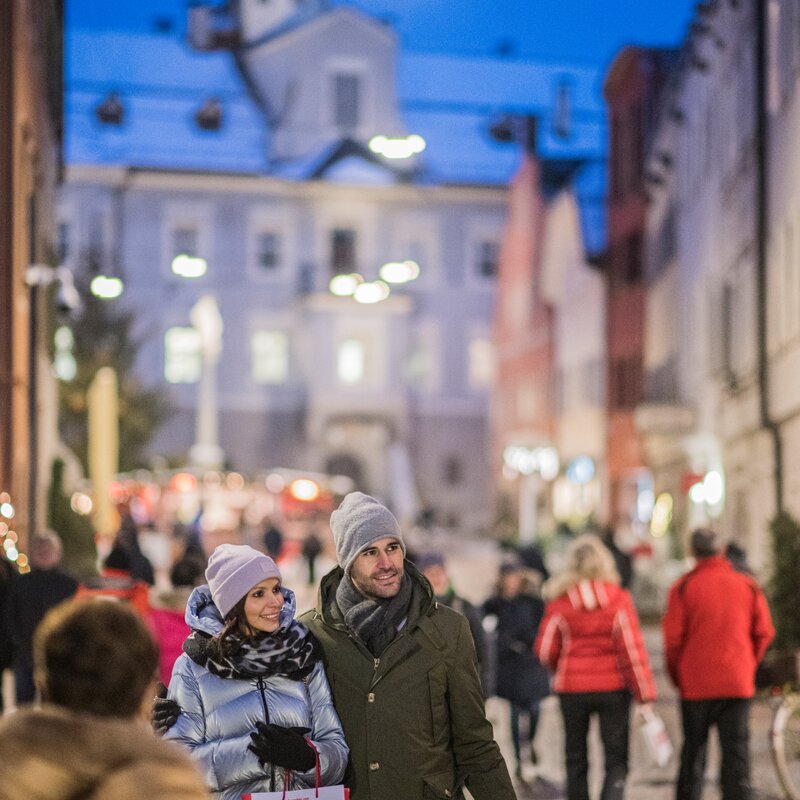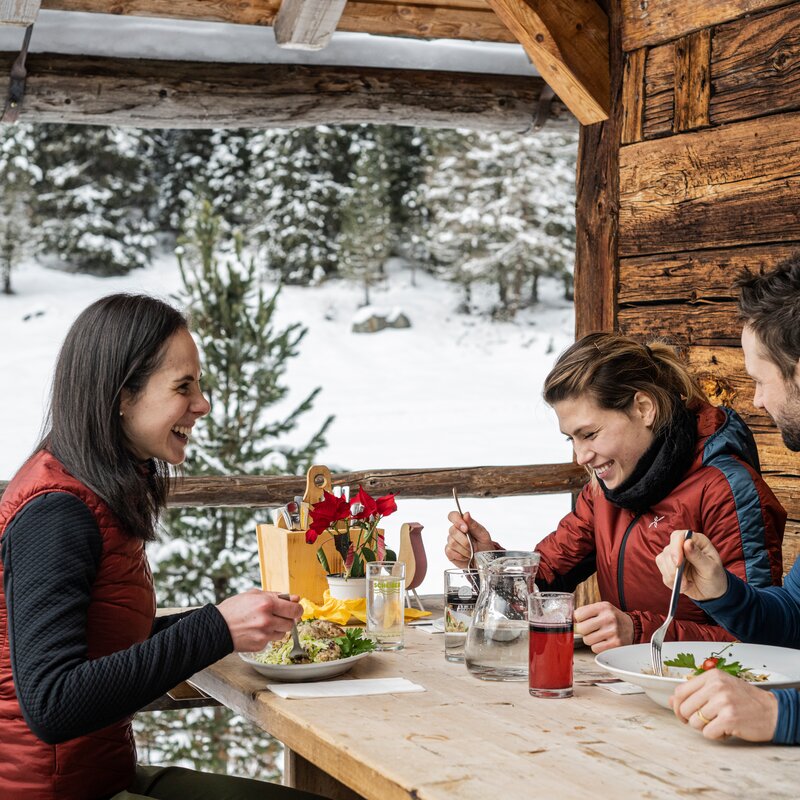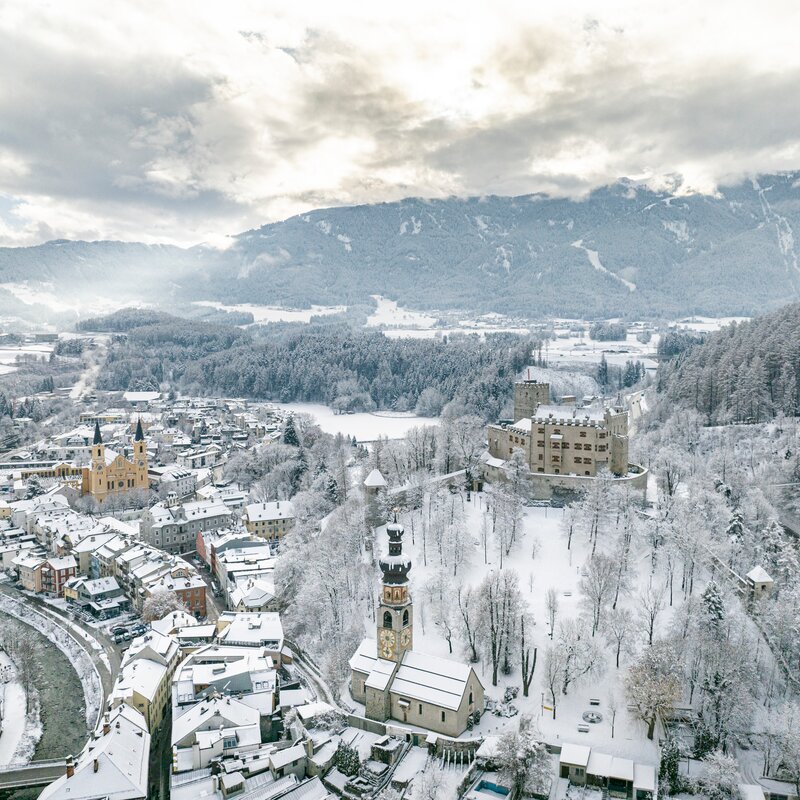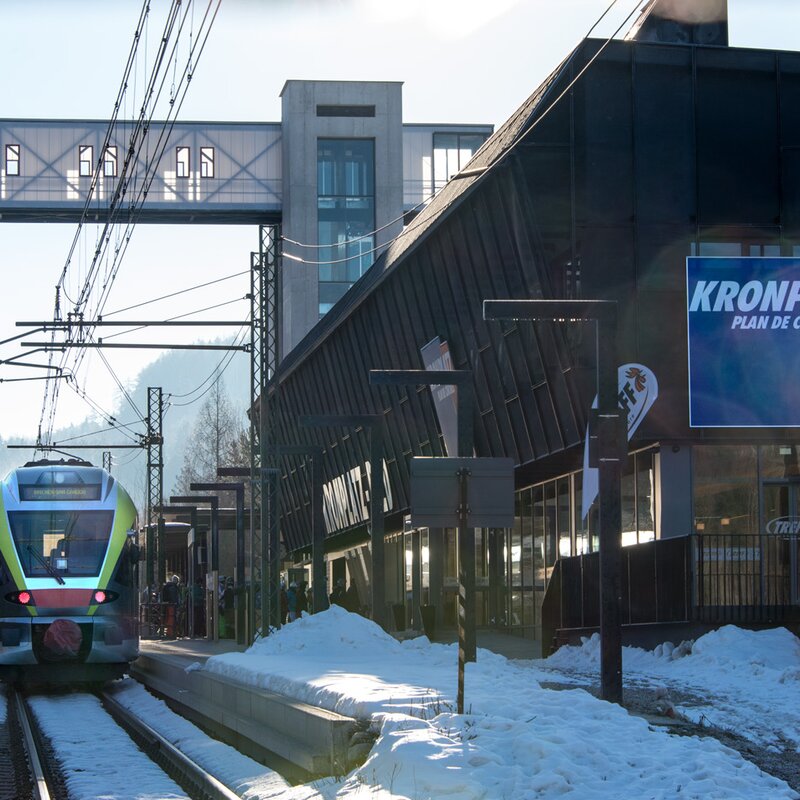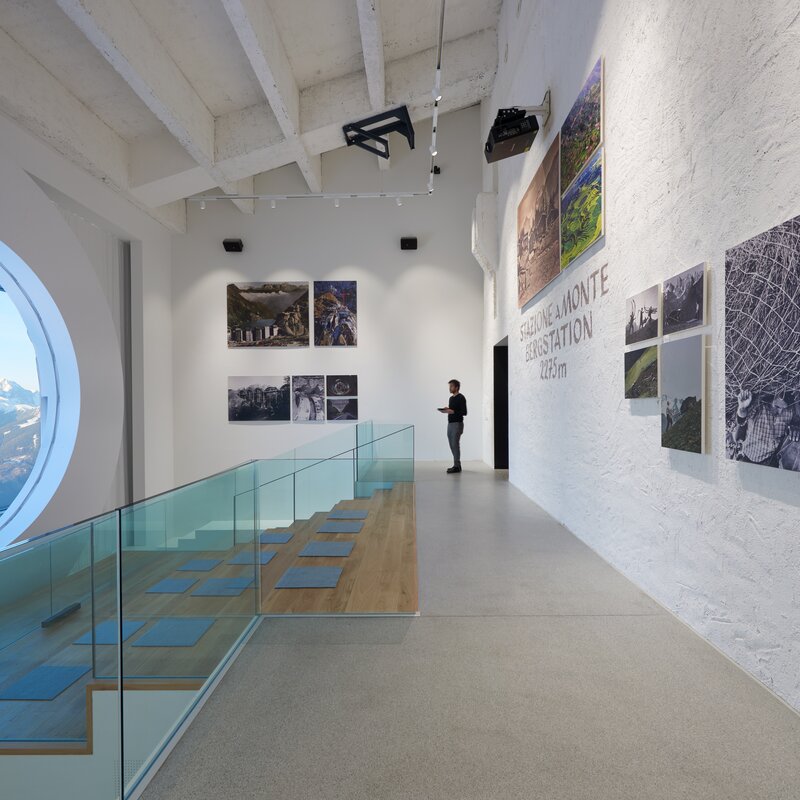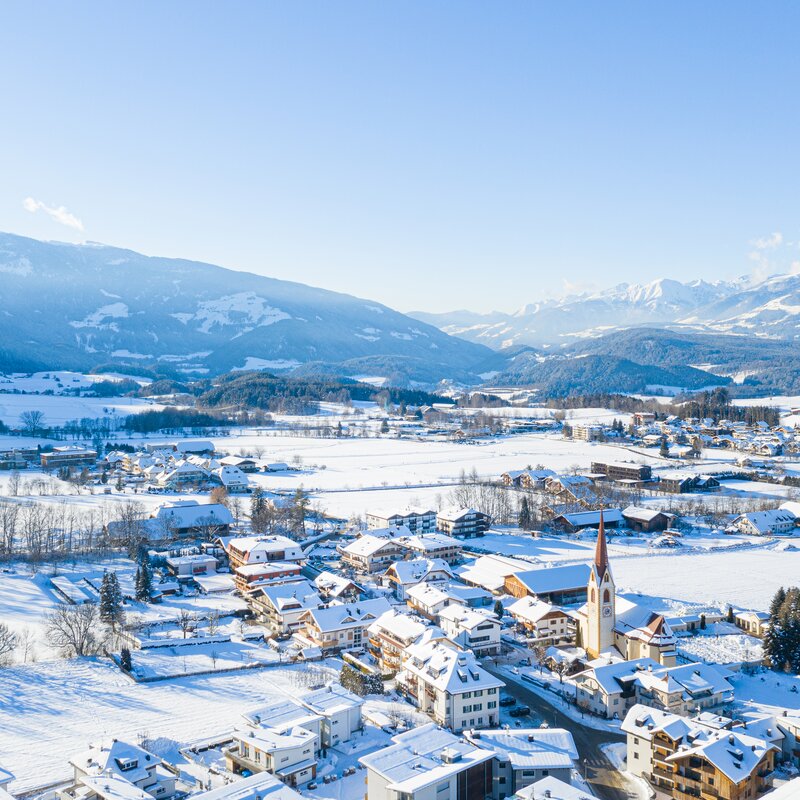City & Highlights


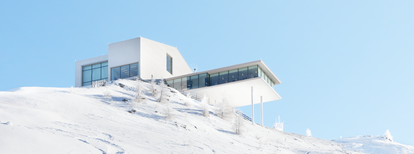
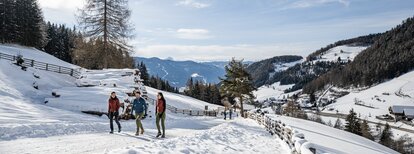

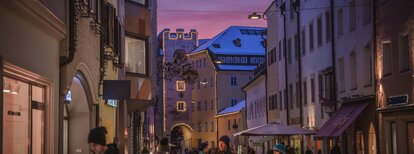
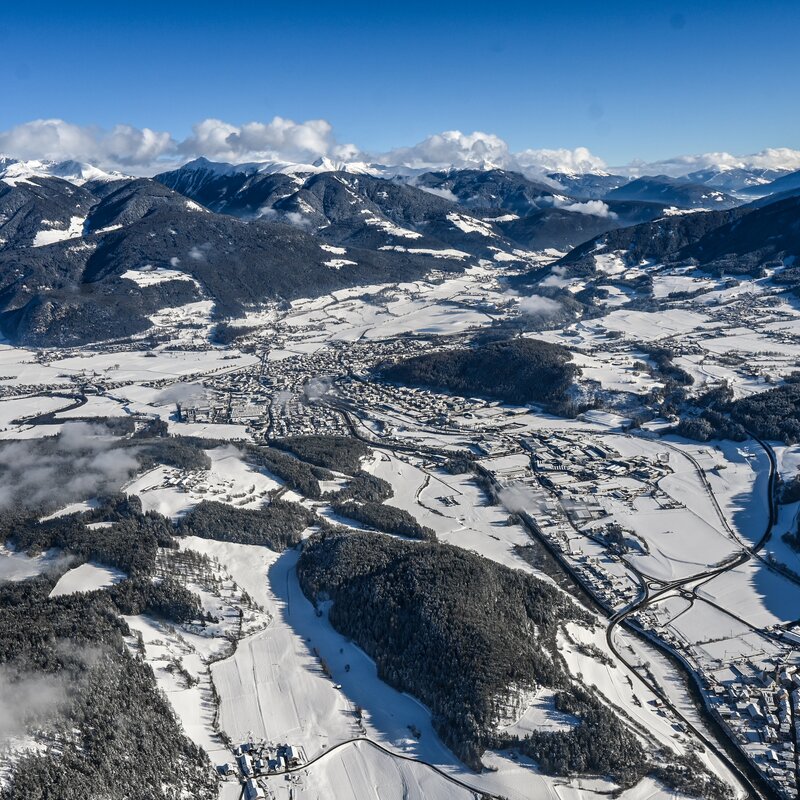
Bruneck, the town on the river Rienz, lies at 835 metres above sea level, has around 17,000 inhabitants and is made up of six districts: Reischach, St. Georgen, Stegen, Dietenheim-Aufhofen, Luns and Amaten. But what is it that makes South Tyrol’s most liveable and loveable small town so special? Bruneck pulsates with life. It's how it is today and how it has always been. It was the case as long ago as 1250, when Bishop Bruno von Kirchberg had Bruneck Castle built on a hill overlooking the town, and trade and commerce flourished in the streets below. Bruneck is still the economic and cultural centre of the Pustertal Valley today. And as such, it has a lot to offer: museums, sights, splendid merchants’ houses with colourful façades that send you on a journey back through time. But also cosy bars and restaurants. And really great shops. Bruneck’s Stadtgasse is not known as one of the loveliest shopping streets in South Tyrol for nothing. So how about a guided tour of the town?
